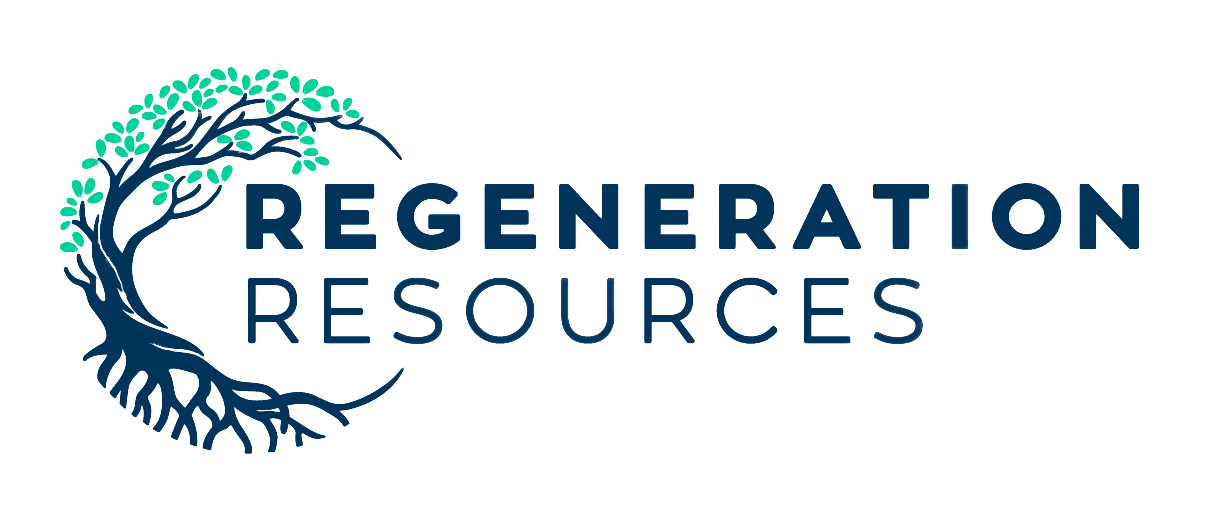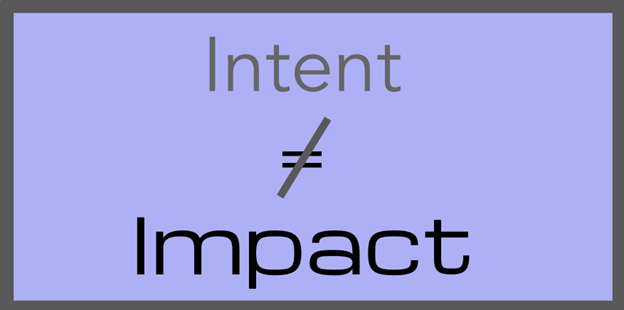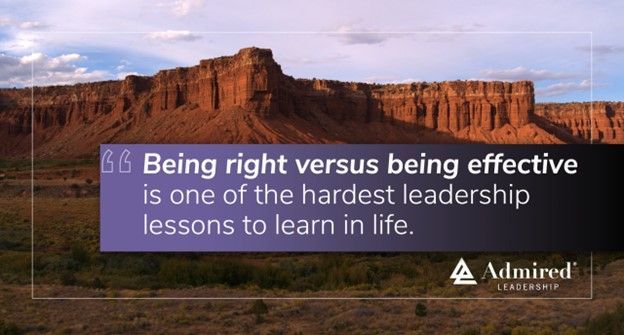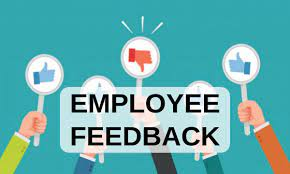Team Dynamics: Healthy vs. Unhealthy Conflict
Managing Conflict in Groups

Conflict in a group is inevitable. While many of us tend to feel uncomfortable around it, it is neither positive nor negative. One author talks about moving through conflict as going through the “groan zone” of problem-solving. How facilitators handle conflict, and their ability to differentiate between constructive and destructive conflict is the key to using conflict as an opportunity and not allowing it to destroy groups. Here are some tips on differentiating constructive and destructive conflict, taken in part from Mining Group Gold by Thomas Kayser.
Constructive tension in a group opens up the following possibilities:
1. The group may be able to get to the roots of a problem.
2. Creativity is more possible when there is constructive friction.
3. Disagreement allows the opportunity to surface assumptions that often drive conversations.
4. Healthy tension often energizes groups. People get their juices flowing.
Signs that tension is healthy and not moving the group into a destructive cycle are the ability to stay focused, listen and respond to what people are saying, and continue to work on problem-solving. A facilitator can help a group do all of these things by keeping a focus, reframing and helping participants hear each other, and facilitating problem-solving.
Destructive tension in groups is present when the following occur:
1. People begin making personal attacks.
2. Comments are exaggerated or taken out of context.
3. People adopt a win/lose mentality.
4. The group becomes polarized.
5. Energy is drained from the group.
When working with groups where the conflict begins to become destructive try using the following tools:
1. Continually summarize where the group is at relative to their stated goals.
2. Look for common ground. Even such trivial things as all sides being frustrated will help the group stay together.
3. Clearly define in a neutral way where groups differ from each other. This helps them focus.
4. Reframe comments in terms of what is most important to participants and help them surface possible solutions.
Every few months I produce a free newsletter. No Spam. Unsubscribe anytime.
For a taste, view the archives
SUBSCRIBE
Thank you for contacting us. We promise not to Spam you and we'll get back to you as soon as possible.
Please try again later.
Blogs and vlogs are sorted by topic at the bottom of each service page
STRATEGIC PLANNING
CHANGE MANAGEMENT
CONFLICT MANAGEMENT
TEAM BUILDING
ASSESSMENTS
EXECUTIVE COACHING
IMPROVING EFFICIENCY
BOARD DEVELOPMENT
See the world as you want it to be and learn how to make it that way.
802-251-0048
Brattleboro, VT 05301
QUICK LINKS
SERVICES
SUBSCRIBE
Thank you for contacting us. We promise not to Spam you and we'll get back to you as soon as possible.
Please try again later.




